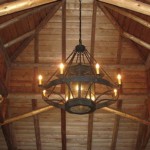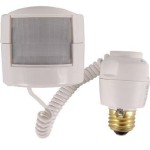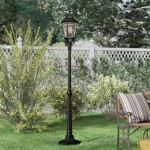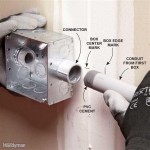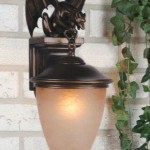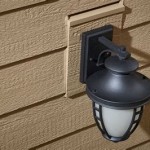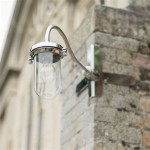Best Lights for Outdoor Batting Cages: Illuminating Your Practice
An outdoor batting cage allows for year-round practice, but the limitations of natural light can hinder training, particularly during early mornings, evenings, and in the winter months. Illuminating the cage with the right lighting can extend practice time and improve safety. Selecting the best lights for your outdoor batting cage requires considering several factors, including the size of the cage, desired illumination level, budget, and desired features.
Lighting Types
The most common types of lights for outdoor batting cages are LED (Light-Emitting Diode) and metal halide lights. LED lights are becoming increasingly popular due to their energy efficiency, long lifespan, and bright, white light. Metal halide lights, while less energy-efficient than LEDs, offer powerful illumination and are often favored for their affordability.
LED lights are generally considered the better choice for outdoor batting cages. Their energy-saving capabilities translate into lower electricity bills, and their longer lifespan reduces maintenance costs. Moreover, LED lights offer a brighter, whiter light than metal halide lights, which can make it easier to track the ball and improve visual clarity.
Key Considerations When Selecting Outdoor Batting Cage Lights
Choosing the right lights for your batting cage requires careful consideration of several key factors that will ensure optimal practice conditions and safety:
1. Light Output:
The light output, often measured in lumens, determines the brightness of the lights. The required lumen output depends largely on the size of the batting cage. A larger cage will need a higher lumen output to achieve adequate illumination. A general guideline is to aim for a minimum of 500 lumens per square meter of the batting cage.
2. Color Temperature:
Color temperature is measured in Kelvin (K) and indicates the warmth or coolness of the light. A lower Kelvin value produces a warm, yellowish light while a higher Kelvin value produces a cool, white light. For batting cages, a color temperature ranging from 4000K to 6000K is ideal, as it provides a natural, daylight-like color that makes it easier to track the ball.
3. Mounting Options:
Lighting fixtures can be mounted in various ways, such as poles, tripods, or directly on the cage structure. The choice of mounting method depends on the cage design and personal preference. For example, pole-mounted lights can provide wide coverage but require additional space around the cage.
4. Features:
Advanced features like motion sensors, dimmers, and remote controls can enhance the lighting system's functionality and convenience. Motion sensors can automatically turn on the lights when someone enters the cage, saving energy and reducing light pollution. Dimmer switches allow adjusting the light intensity to suit the specific needs of the practice. Remote controls offer the convenience of switching the lights on and off from a distance.
5. Durability and Weather Resistance:
Outdoor lighting fixtures should be durable enough to withstand harsh weather conditions like rain, snow, and extreme temperatures. Look for fixtures with an IP rating, which indicates their level of protection against water and dust.
Choosing the Right Lights for Your Needs
The ideal lights for your outdoor batting cage will depend on your specific needs and budget.
For smaller cages, a single pole-mounted LED light with a high lumen output could be sufficient. Larger cages might require multiple lights or a light system with a higher lumen output to achieve adequate illumination. If energy efficiency is a priority, LED lights are the clear choice. For budget-conscious users, metal halide lights may offer a more cost-effective option.
Before making a purchase, consider the lighting needs of your batting cage and the available mounting options. Research and compare different models based on their specifications, features, and reviews.
By investing in the right lighting, you can create a safe and effective training environment for your batting cage. With proper illumination, you can extend your practice time, improve your batting skills, and enjoy the benefits of year-round training.

Indoor Outdoor Batting Cage Lighting Ideas Sport Light Supply

How To Diy Batting Cage Lights The Ultimate Guide Sport Light Supply

Batting Cage Lights Led Lighting For Cages Ledlightingsupply Com

How To Illuminate Backyard Indoor Batting Cage With Led Lights Ledstadium

How To Illuminate Backyard Indoor Batting Cage With Led Lights Ledstadium

A Brief Guide To Led Batting Cage Lighting

Batting Cage Lighting Free Professional Design

A Brief Guide To Led Batting Cage Lighting

Led Batting Cage Lighting

Batting Cage Lights Led Lighting For Cages Ledlightingsupply Com
